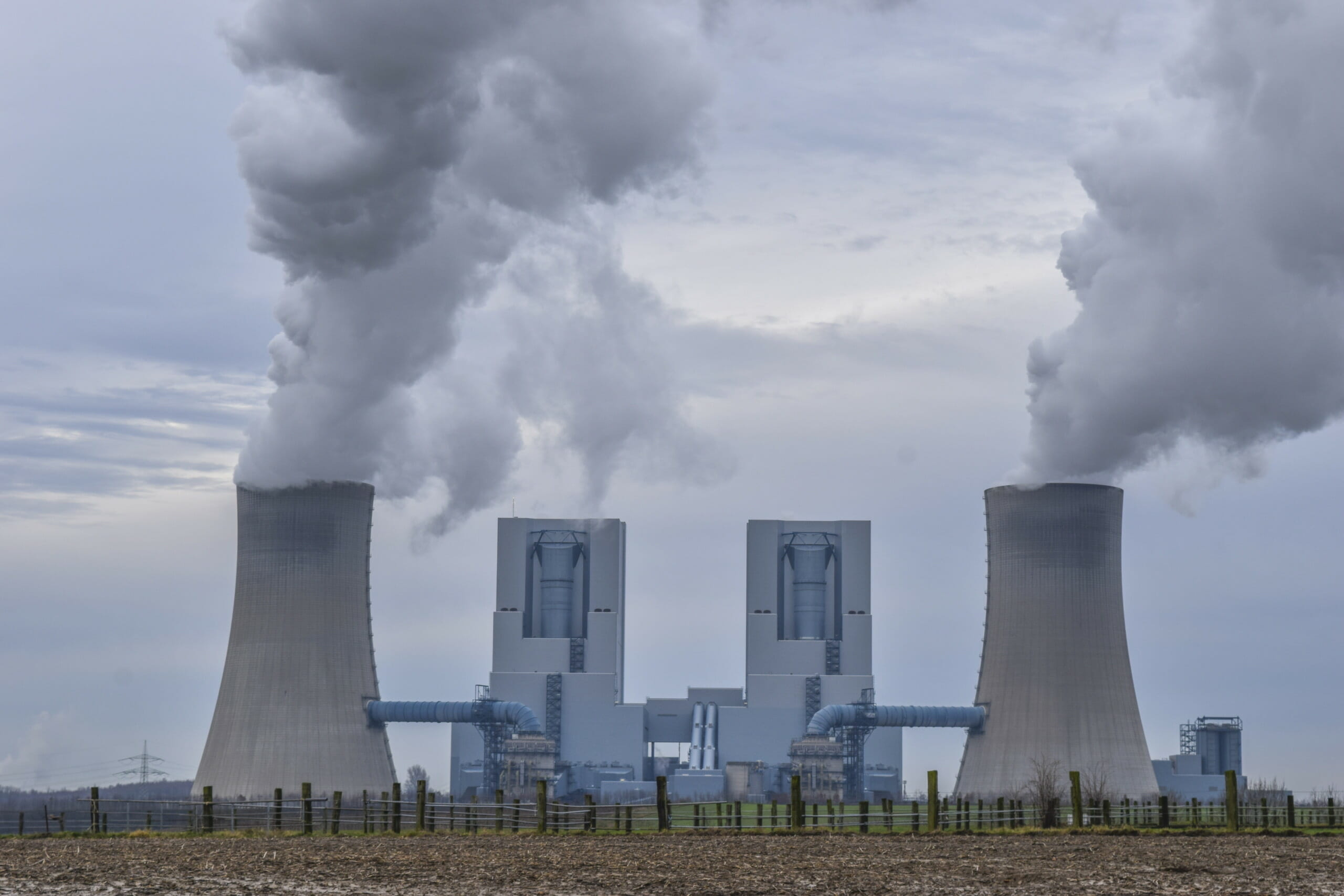The COP26 summit in Glasgow has seen two very important developments over the last few days: the draft agreement between nations that always closes COP meetings and a new deal for collaboration on climate between China and the US.
The seven-page agreement reaffirms the global commitment to the 2016 Paris Agreement and urges countries to strengthen their pledges to cut emissions by the end of 2022. By then, it expects countries to have presented detailed plans for how they will reach net-zero emissions and keep to 1.5 degrees of warming. The draft agreement also calls for more aid for vulnerable countries who will be the worst hit by the effects of climate change.
It was published on Wednesday by the UK COP26 presidency, and now looks for countries to support it and agree to abide by it before the summit ends on Friday.
COP26’s president, Alok Sharma, said that the agreement that comes out of the conference would “set the future for our children and grandchildren”.

This draft agreement also includes accelerating the phasing out of fossil fuel subsidies, including coal. This is notably the first time fossil fuels have been explicitly mentioned in the outcome of any UN summit or climate treaty.
Adding to this, the agreement between the US and China will see the countries working together to cut emissions. The countries will revive a “working group” that will “meet regularly to address the climate crisis and advance the multilateral process, focusing on enhancing concrete actions in this decade”, according to a joint declaration.
Related articles: COP26: Success or Failure? | Hurting People and Hurting the Planet: Fossil Fuel Subsidies | Bill Gates at COP26: Optimistic But Is He Right?
The agreement was settled by the US’ climate envoy John Kerry and Xie Zhenhua, his Chinese equivalent. Zhenhua stated that the deal would see China strengthen its cuts to emissions and develop a “national plan” on methane. He also stated that both countries were looking to take more action to stop deforestation.
The agreement is surprising given an increase in tensions between the two countries over the disputed region of Taiwan, as well as US president Joe Biden’s criticism of China’s climate record. China’s president Xi Jinping drew criticism for his lack of attendance at the summit, but this deal has been made without collaboration from leaders of either country directly.

New deals at COP26: a welcome step forward for climate negotiations – but is it enough?
While it’s obvious these agreements are good news, we have to ask, as with most climate deals, why they didn’t happen sooner. Ending subsidies for fossil fuels is now becoming understood as an important part of climate policy, but it’s strange that fossil fuels have never been included before. This might be because countries wish not to upset the fossil fuel industry, especially as so many still rely on fossil fuels as the primary source of energy. It is also difficult not to believe that the fossil fuels industry has put pressure on governments through its army of lobbyists.
This draft agreement also could be viewed as a way to extend COP26 beyond its limits, as it gives countries until the end of December to strengthen their pledges. It could be seen as a way of “kicking the can down the road” on climate policy, which could lead to more dithering and inaction.
We will, however, need to look at how the deal develops over the next few days, to see if any more substantial pledges are added, and if any more countries agree to it.
So far, many are expressing disappointment with the outcome of COP26. UN Secretary General, Antonio Guterres, is among those not impressed with the outcome of the summit. He argued on Twitter that countries must not “settle for the lowest common denominator of climate action.”
One day before the end of #COP26, we cannot settle for the lowest common #ClimateAction denominator.
I appeal to all countries to increase ambition in mitigation, in adaptation and in finance.
— António Guterres (@antonioguterres) November 11, 2021
The draft has faced the same criticism that other climate pledges have faced: that the language of the agreement is not strong enough, and does not pledge enough to poorer countries. The draft uses a lot of language like “urging”, “encouraging” and “emphasising”, but not enough concrete pledges or demands in the eyes of its critics.
Again, with the China-US agreement, as it currently stands, there seem to be no specific pledges, but these will hopefully come about over time. What this deal does suggest is an understanding that while the countries might have disagreements about many areas of geopolitics, they can agree that climate action and collaboration are more important.
The main point is that they have established a mechanism to collaborate. This could be, and hopefully will be, a pathway to more Sino-American collaboration on climate change. Even if it is merely a PR move, it shows that both countries are willing to at least appear more diplomatically friendly with one another.
A race against time
As we near the end of the two week summit, it seems that delegates are racing to get agreements made before the summit ends. COP summits often run over time into the weekend, but even if we account for this happening, it doesn’t allow for that much more leeway.
Seeing these new deals being made does give a little more hope that something meaningful will come out of COP- but as it stands right now, we are still heading for warming of 2.4C, despite the summit’s efforts.
We can only call COP26 a success if pledges are able to limit warming well below that level – and as the end of the summit looms, delegates don’t have much time left.
Editor’s Note: The opinions expressed here by Impakter.com columnists are their own, not those of Impakter.com. — In the Featured Photo: COP26 summit negotiations, day 2. Featured Photo Credit: Number 10.









